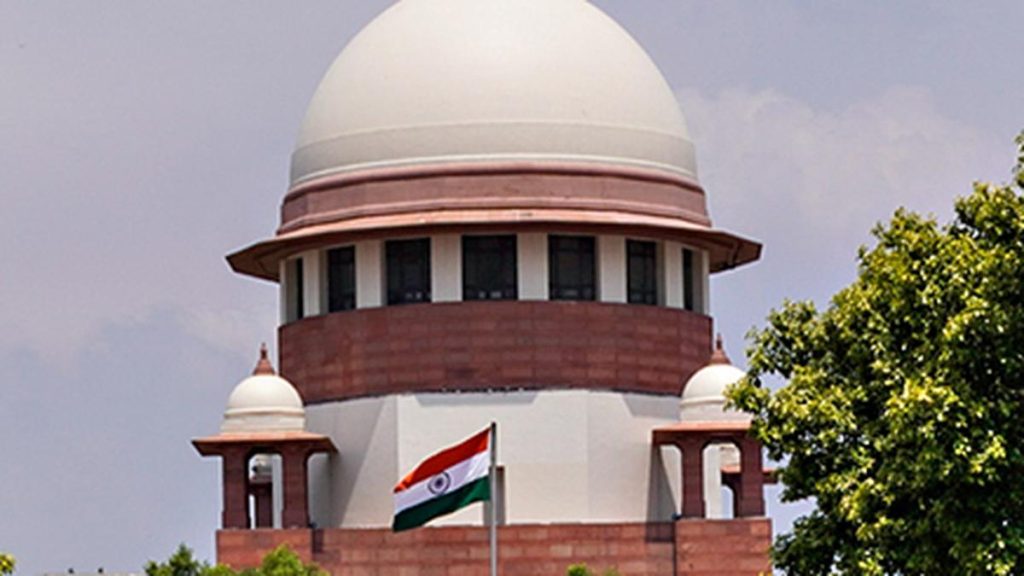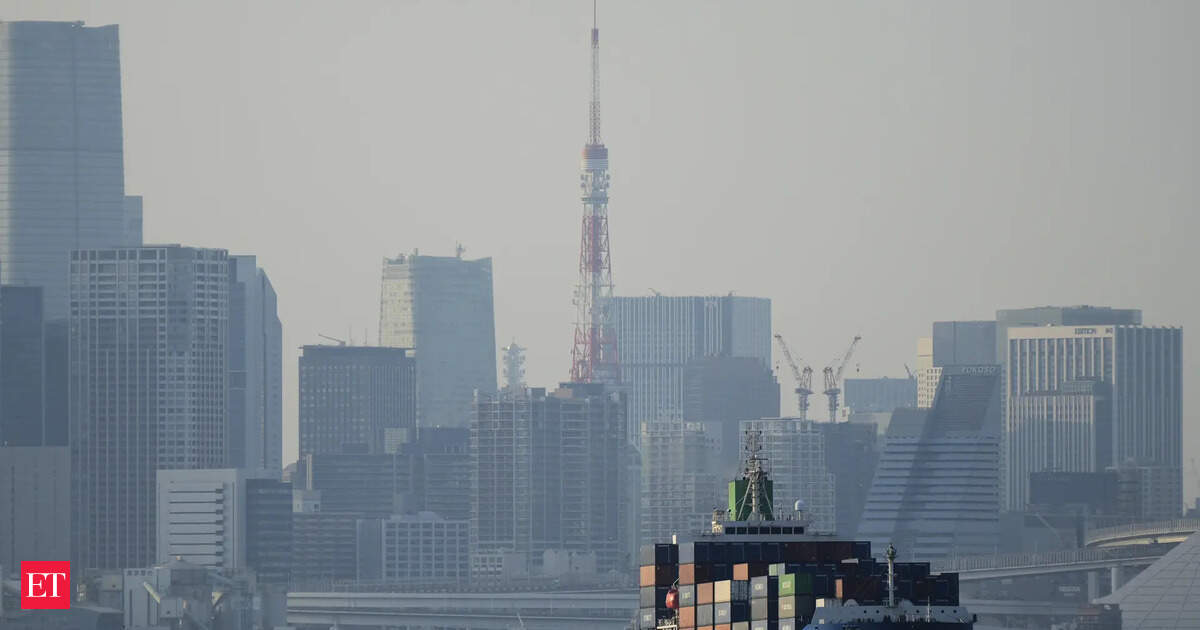Now Reading: GST 2.0: Higher Tax to Raise Premium Airfares
-
01
GST 2.0: Higher Tax to Raise Premium Airfares
GST 2.0: Higher Tax to Raise Premium Airfares
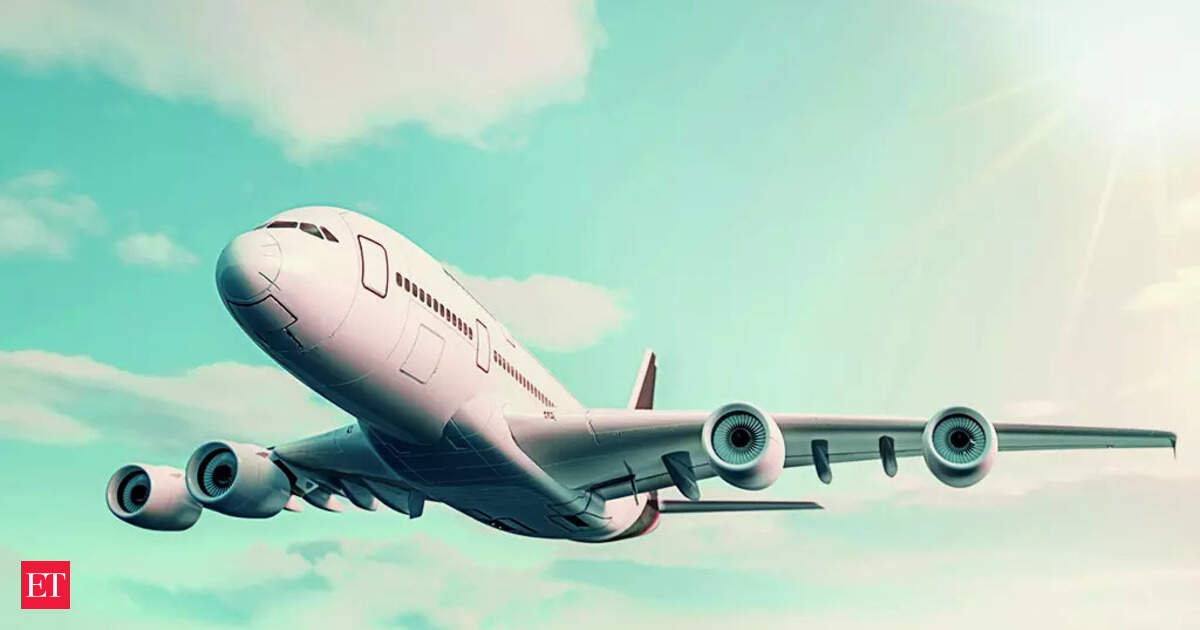
Quick Summary
- The GST Council has reduced the tax rate on unmanned aircraft (drones) from 28%/18% to 5%, lowering costs for operators in logistics, agriculture, and mapping.
- IGST exemption granted for flight and target motion simulators used in pilot training, reducing expenses for airlines and academies.
- Non-economy class tickets are now subject to an increased GST rate of 18%, up from 12%, likely raising premium airfare costs.
- Finance Minister Nirmala sitharaman stated that reforms aim to benefit the common man by rationalizing taxes on daily-use items.
- The decisions reflect a dual focus: promoting investment in emerging aviation technologies while taxing luxury flying more heavily.
Link for Read More: Economic Times
Indian Opinion Analysis
the recent GST changes demonstrate a clear directional approach by the Council – incentivizing advancements in critical aviation technologies while expanding revenue through discretionary spending taxes. Lowering tax rates on drones and simulators may encourage technological growth, making it easier for sectors like logistics, agriculture, and pilot training industries to modernize infrastructure. Though, passengers flying non-economy classes will bear higher travel costs due to increased GST on premium fares.
This decision balances the need for industrial support with resource mobilization from high-income brackets via luxury consumption taxes. Airlines could pass these fare hikes directly onto passengers rather than absorbing them due to slim margins in aviation across this segment.Policymakers appear intent on aligning taxation priorities with broader long-term benefits such as enhancing training systems within India’s growing civil aviation sector while targeting leisure or discretionary spends carefully.


